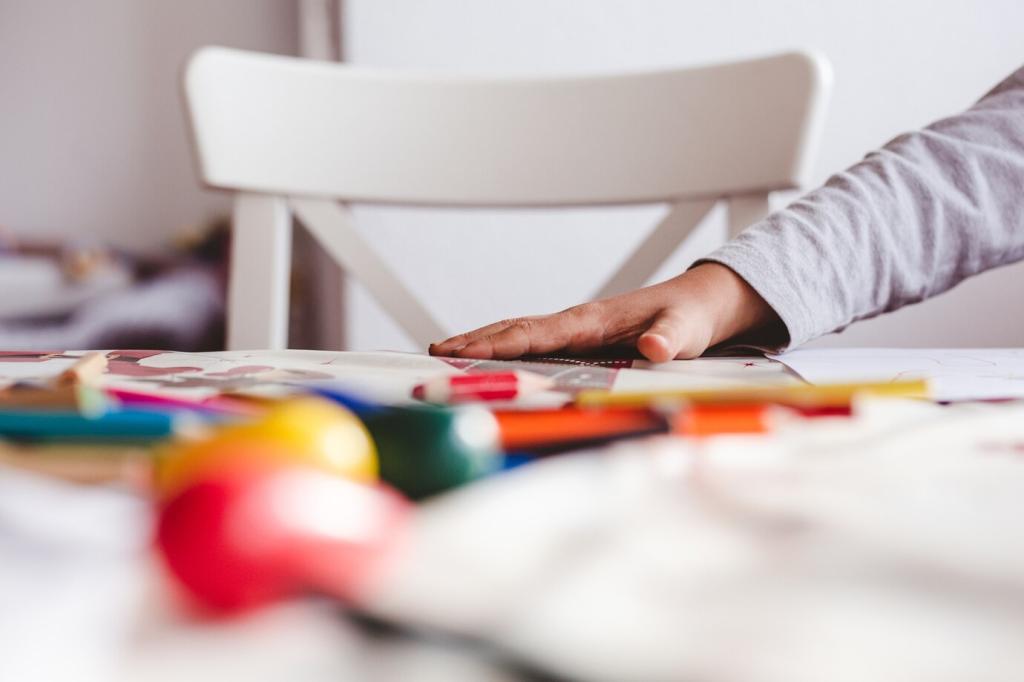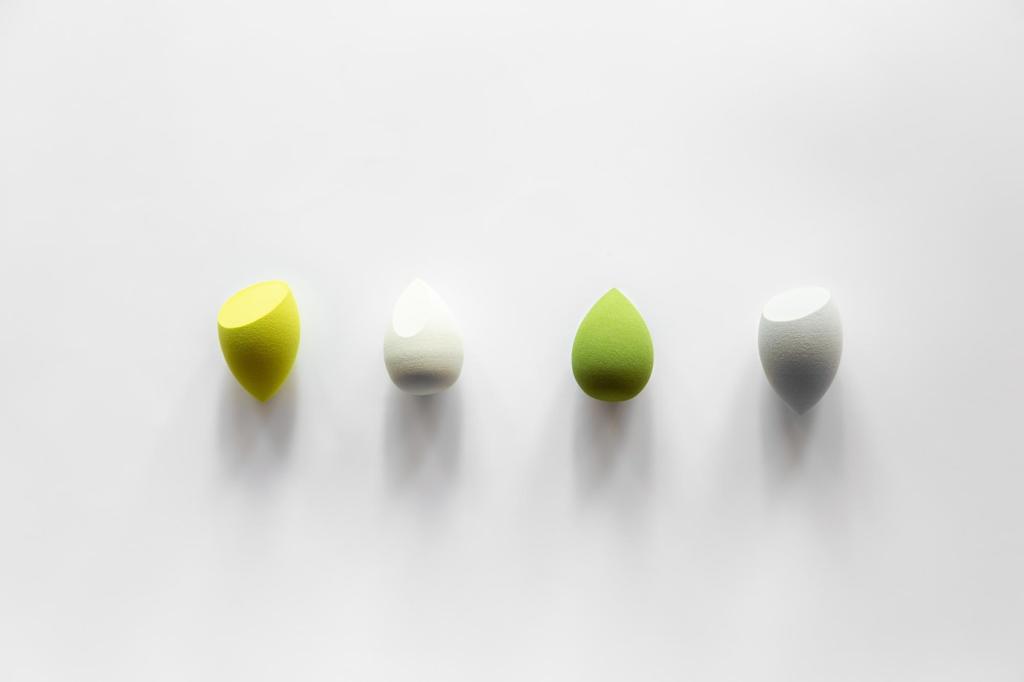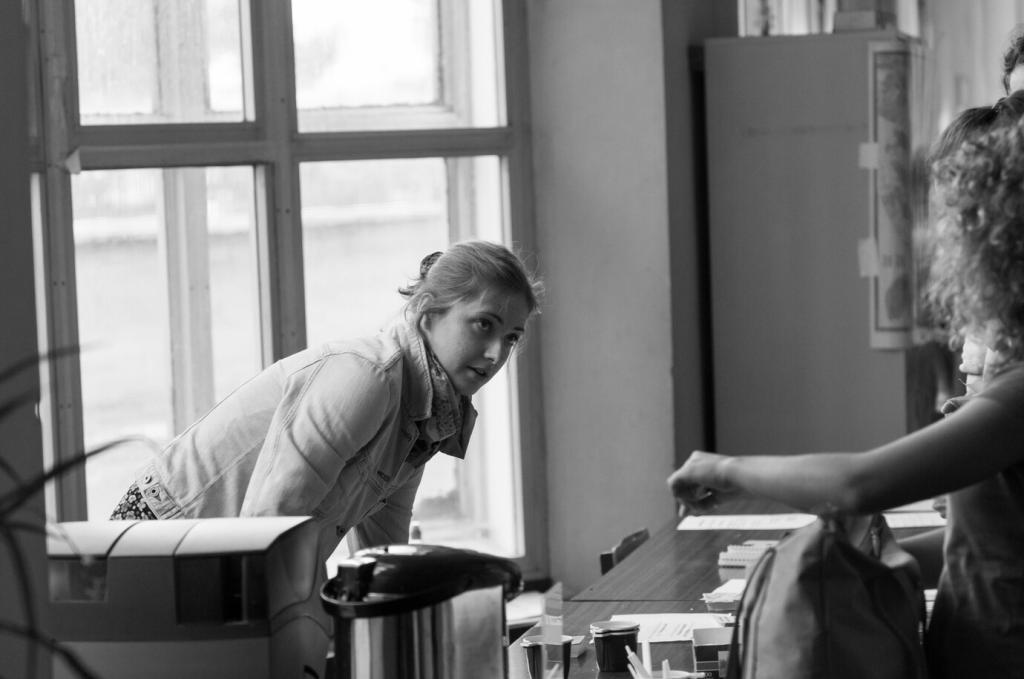Process: Designing by Subtraction
Begin with everything, then remove non-essentials in timed rounds. Ask, “Would this absence harm comprehension?” Document each cut with a rationale. Share your sprint board screenshot and lessons about stakeholder alignment when features lose their seat at the table.
Process: Designing by Subtraction
Preference debates dissolve with data. Use task timings, error rates, and first-click tests to validate reduction. Minimalist Design Theory celebrates metrics as storytelling. Post your simplest experiment design and the single KPI you trust to declare success credibly.
Process: Designing by Subtraction
Tokenize spacing, color, and type so defaults encourage restraint. Fewer components, clearer patterns, faster builds. Publish your system’s “do less” guidelines and ask readers which guardrails helped them most when pressure mounted to add decorative yet unnecessary elements.
Process: Designing by Subtraction
Lorem ipsum dolor sit amet, consectetur adipiscing elit. Ut elit tellus, luctus nec ullamcorper mattis, pulvinar dapibus leo.







